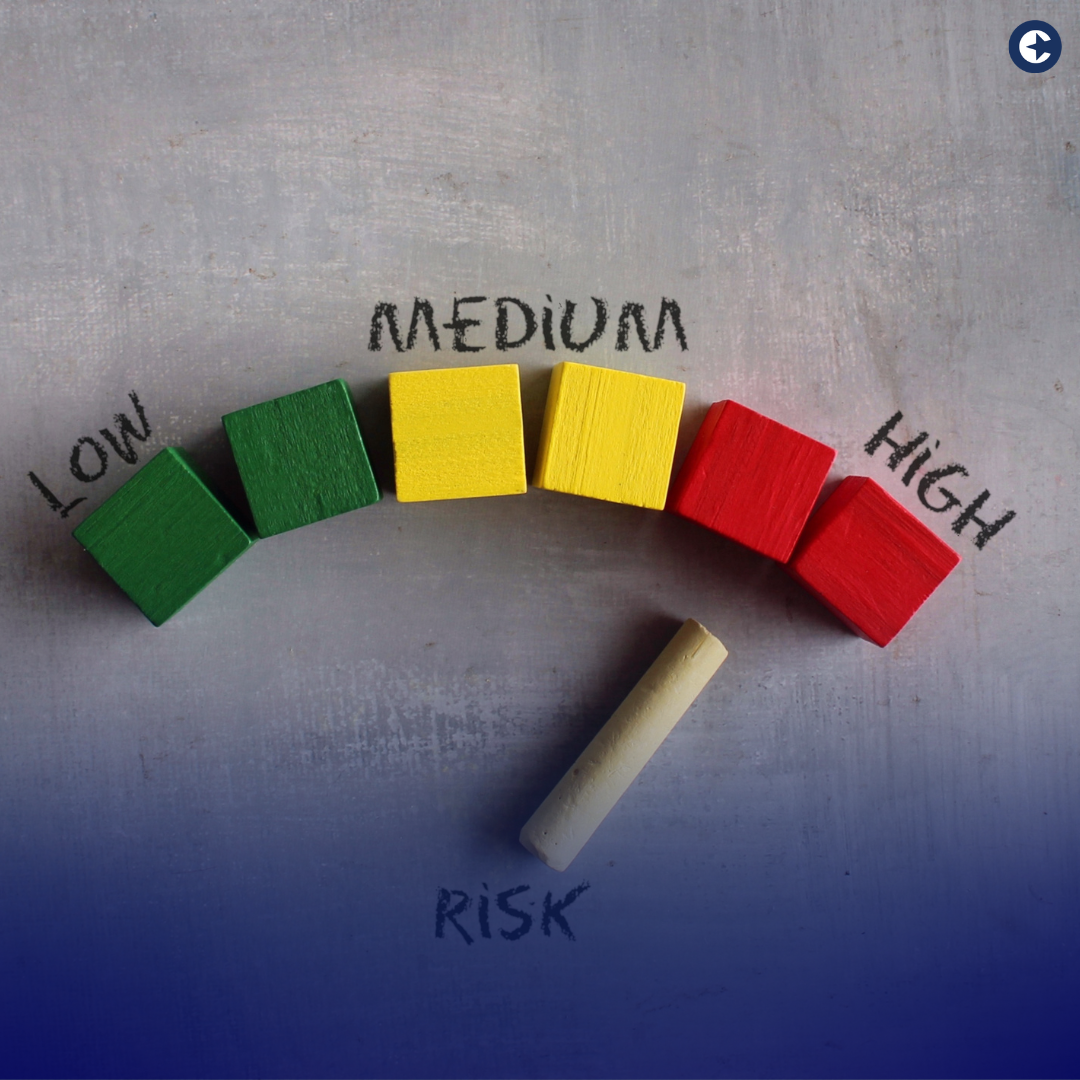Introduction
Risk assessment is the cornerstone of insurance underwriting, a process that has continuously evolved over the years. Today, insurance companies are leveraging advanced technologies and innovative methodologies to refine how they incorporate risk into their underwriting processes. This blog delves into the current state of risk assessment in insurance underwriting, highlighting key trends and technologies shaping this crucial aspect of the industry.
Traditional Risk Assessment: The Foundation
Traditionally, risk assessment in insurance underwriting has relied on historical data and statistical models. Factors like age, health history, driving record, and credit score have been standard metrics in determining the level of risk associated with a policy applicant. This approach, while effective, often lacked the nuance of individual circumstances.
The Rise of Big Data and Analytics
The advent of big data has revolutionized risk assessment. Insurers now have access to vast amounts of data, enabling more precise and personalized risk profiles. Advanced analytics tools and machine learning algorithms can process this data, uncovering patterns and risks that traditional methods might miss. This results in more accurate pricing and better risk segmentation.
Telematics and IoT: A Game Changer

Telematics and the Internet of Things (IoT) have brought a new dimension to risk assessment, especially in auto and health insurance. By using devices that monitor real-time behavior, such as driving habits or health indicators, insurers can assess risk more accurately. This technology allows for a shift from a historical data-based approach to a real-time risk assessment model.
The Role of AI and Machine Learning
Artificial Intelligence (AI) and machine learning are playing an increasingly significant role in underwriting. These technologies can analyze complex datasets, predict trends, and identify risks that human underwriters might overlook. AI algorithms can also streamline the underwriting process, making it faster and more efficient.
Addressing Privacy Concerns
With the increasing use of personal data, privacy concerns have come to the forefront. Insurance companies must navigate the delicate balance between leveraging data for better risk assessment and respecting the privacy and consent of their clients. This involves adhering to data protection regulations and ensuring transparent data usage practices.
The Future of Risk Assessment: Predictive and Personalized
Looking ahead, the trend in risk assessment is moving towards more predictive and personalized models. The use of genetic testing and lifestyle data in health insurance, for example, could lead to highly individualized policies. However, this also raises ethical questions about fairness and discrimination in underwriting.
Conclusion
The integration of advanced technologies and data analytics into risk assessment signifies a major shift in insurance underwriting. As these tools become more sophisticated, they promise to enhance the accuracy and efficiency of risk assessment. However, this evolution also brings challenges, particularly in terms of privacy and ethical considerations, that the industry must thoughtfully address.
For more follow us on Instagram, Facebook, Twitter, & LinkedIn.



